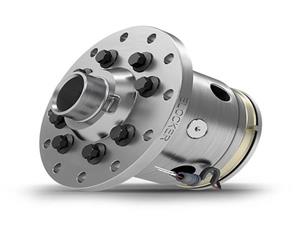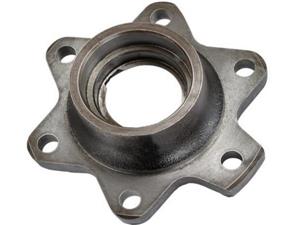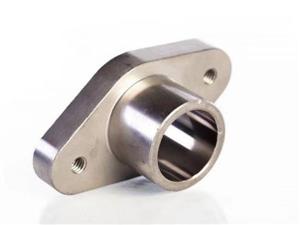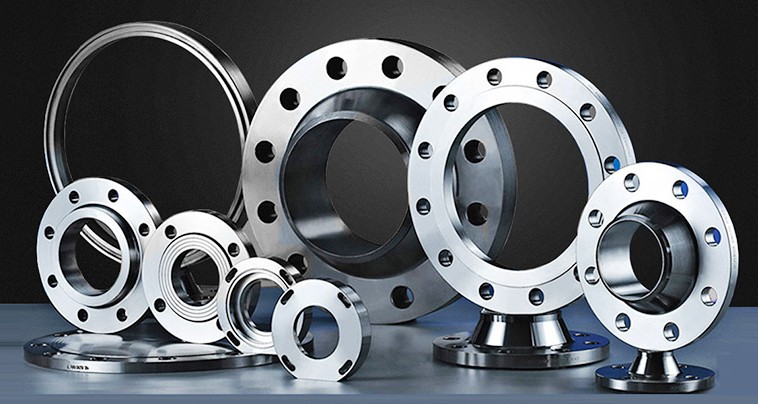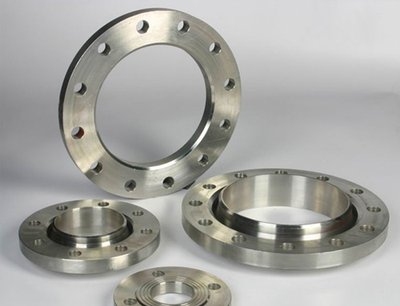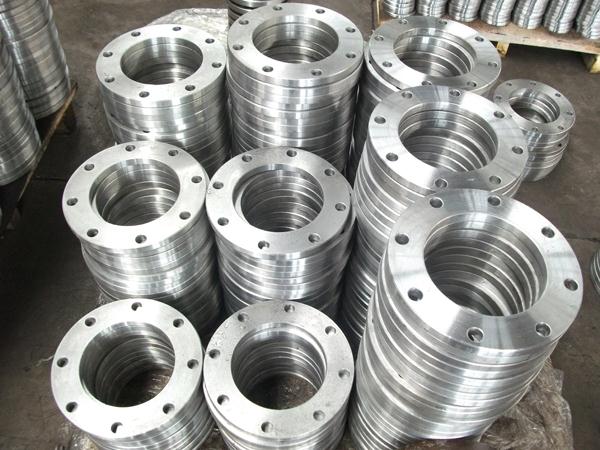What is the difference between forged flange and cast flange
Cast flange and forged flange are both commonly used flanges, and the two flanges are different in price. The forged flange has accurate blank shape and size, small processing amount, and low cost, but has casting defects (pores, cracks, inclusions); The streamline of the internal structure of the casting is poor (even worse if it is a cutting part); Forged flanges generally contain less carbon than cast flanges and are not easy to rust. Forged flanges have good streamline, dense structure and better mechanical properties than cast flanges; Improper forging process will also lead to large or uneven grains and hardening cracks, and the forging cost is higher than that of the casting flange. Forgings can withstand higher shear force and tensile force than castings. The advantage of the casting is that it can produce a more complex shape, and the cost is relatively low; The advantages of forgings are that the internal structure is uniform, and there are no harmful defects such as air holes and inclusions in the castings; Distinguish the difference between cast flange and forged flange from the production process flow. For example, centrifugal flange is a kind of cast flange. Centrifugal flange is produced by precision casting. Compared with ordinary sand casting, the structure of this kind of casting is much thinner, and the quality is improved a lot. It is not easy to have problems such as loose structure, porosity, and trachoma.
First of all, we need to know how the centrifugal flange is produced. The process method and product of making the slip on flange by centrifugal casting are characterized by that the product is processed through the following process steps:
(1) Put the selected raw materials and steels into the medium frequency electric furnace for smelting to make the temperature of molten steel reach 1600-1700 ℃;
(2) Preheat the metal mold to 800-900 ℃ to maintain constant temperature;
(3) Start the centrifuge, inject the molten steel in step ① into the metal mould preheated in step ②;
(4) The castings shall be naturally cooled to 800-900 ℃ for 1-10 minutes;
(5) Cool with water to near room temperature, demould and take out the casting.
Let's learn about the production process of forged flange: the forging process is generally composed of the following processes, namely, cutting, heating, forming and cooling after forging of high-quality steel billets. The forging processes include free forging, die forging and mould forging. During production, different forging methods shall be selected according to the forging quality and production batch. Free forging has low productivity and large machining allowance, but its tools are simple and versatile, so it is widely used to forge single pieces and small batches of forgings with simple shapes. Free forging equipment includes air hammer, steam air hammer and hydraulic press, which are suitable for the production of small, medium and large forgings respectively. Die forging is characterized by high productivity, simple operation, easy mechanization and automation. Die forgings have high dimensional accuracy, small machining allowance, and more reasonable fiber structure distribution of forgings, which can further improve the service life of parts.
1、 Basic process of free forging: During free forging, the shape of the forging is forged into the blank gradually through some basic deformation processes. The basic processes of free forging include upsetting, elongation, punching, bending and cutting.
(1) Upsetting. Upsetting is the process of forging raw blanks along the axial direction to reduce their height and increase their cross section. This process is commonly used for forging gear blanks and other disc type forgings. Upsetting is divided into full upsetting and partial upsetting.
(2) Elongate. Elongation is a forging process that increases the length of the blank and reduces the cross section. It is usually used to produce shaft blanks, such as lathe spindles, connecting rods, etc.
(3) Punching. The forging process of punching through holes or through holes on the blank with a punch.
(4) Bend. The forging process of bending the blank into a certain angle or shape.
(5) Twist. The forging process that makes one part of the blank rotate a certain angle relative to the other part.
(6) Cut. The forging process of splitting the blank or cutting off the head.
2、 Die forging; The full name of die forging is model forging, which is formed by placing the heated blank in the forging die fixed on the die forging equipment.
(1) Basic process of die forging. Die forging process: blanking, heating, pre forging, final forging, punching, trimming, tempering, shot peening. Common processes include upsetting, elongation, bending, punching and forming.
(2) Common die forging equipment. Common die forging equipment includes die forging hammer, hot die forging press, flat forging machine and friction press.
3、 Cutting flange; Cut out the inner and outer diameter and thickness discs of the flange with processing capacity directly on the middle plate, and then process the bolt holes and waterlines. The flange thus produced is called cutting flange, and the maximum diameter of such flange is limited to the width of the middle plate.
4、 Rolled flange; The process of cutting strip with medium plate and then rolling it into a circle is called rolling, which is mainly used for the production of some large flanges. After the rolling is successful, the welding is carried out, then the flattening is carried out, and then the processing of waterline and bolt hole is carried out.

